5 ways to stop drafty doors fast — seal air leaks with help from the experts
Learn how to stop drafty doors if you're feeling a chill

Learn how to stop drafty doors as wintry chills hit their stride. If you live anywhere that gets icy, or live in an older home without extensive insulation, you will be feeling that unmistakable breeze sneaking in gaps under and around your front door.
You know the one, it gives you shivers and bumps up your energy bill. Not ideal. Whilst a door draft stopper can prevent cold air from traveling through your home, our experts reveal all the other things you can do to keep warm air locked in.
Plus, making your home more efficient overall is a great way to save on energy in a small space. It is, fortunately, one of those common home repairs well within reach, even for a complete beginner.
How to stop drafty doors fast
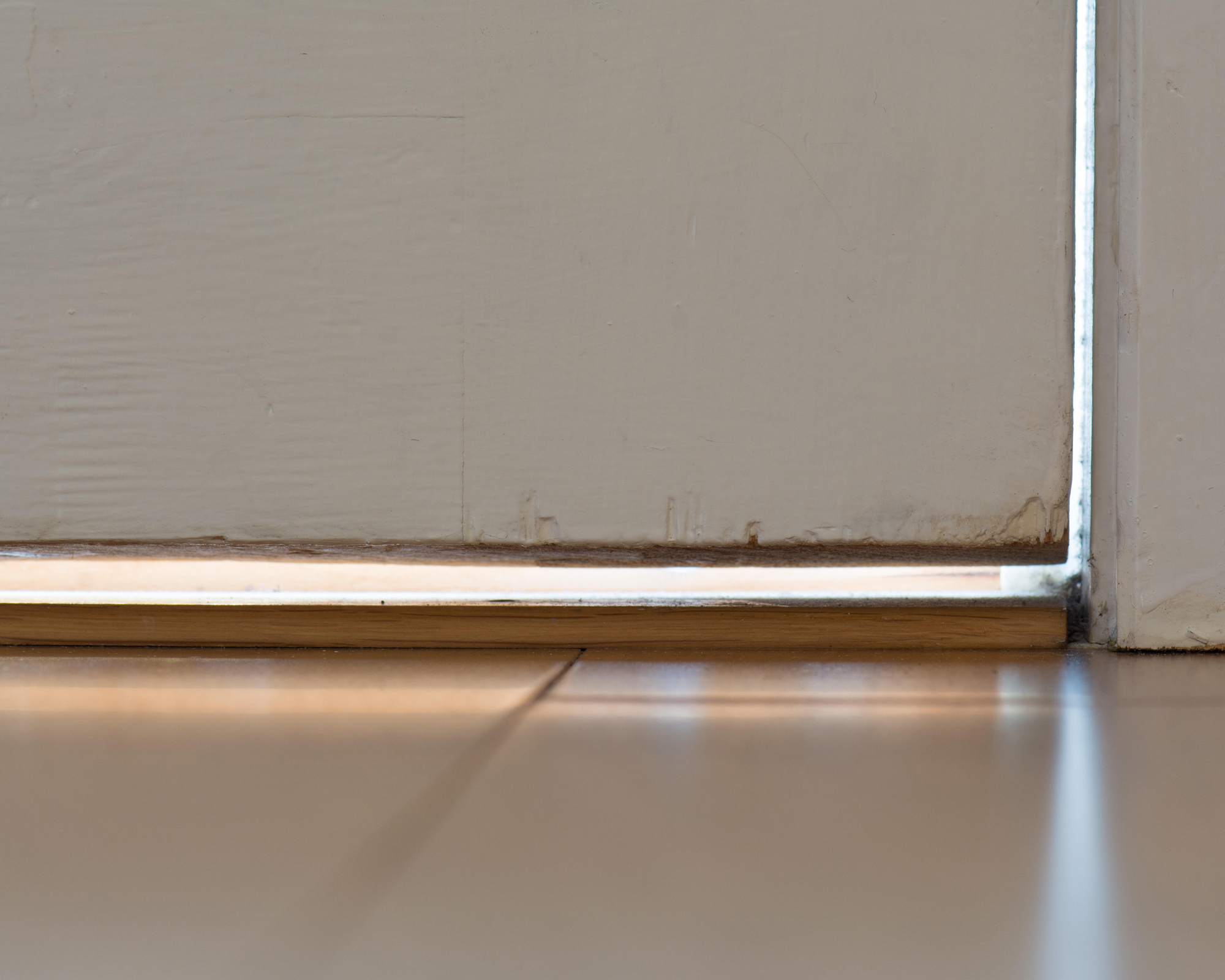
Of course, in an ideal world, you would insulate your door to get rid of the cold drafts once and for all. That's not always possible, however, especially for people trying to renovate a rental, or those without a budget for professional insulation.
We spoke to home experts for their advice on how to stop air leaks around doors – without any specialist equipment. These quick fixes will make the perfect temporary solution to drafty doors – there's no reason why you can't use them all the time.
1. Invest in draft excluders
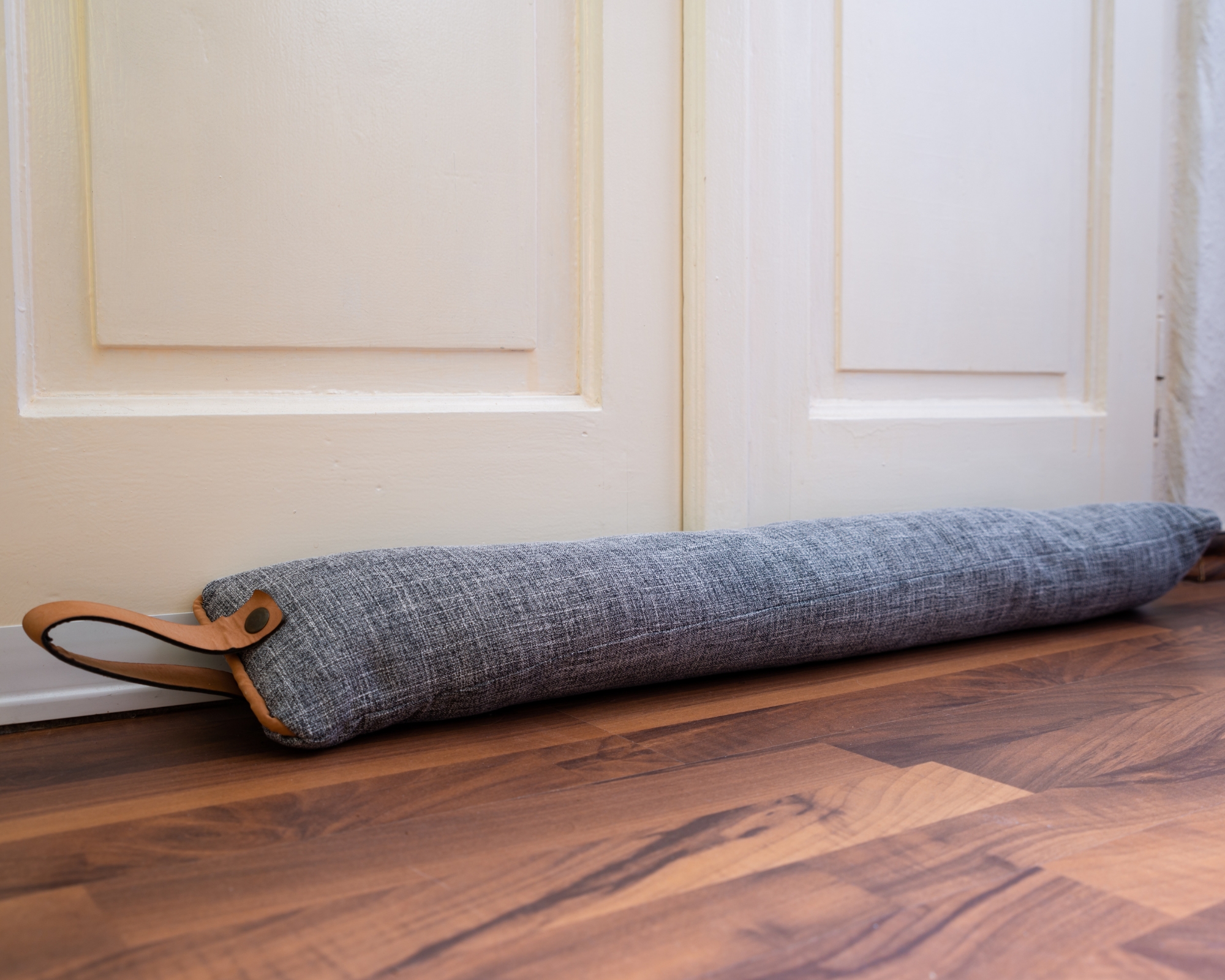
If the idea of DIY anything puts you off completely, then just get a draft excluder. Draft excluders can be an effective, immediate solution for drafty doors, but some are better than others, and you will have to move it out of the way every time you want to open the door.
Prices were correct at the time of publishing.
Get small space home decor ideas, celeb inspiration, DIY tips and more, straight to your inbox!
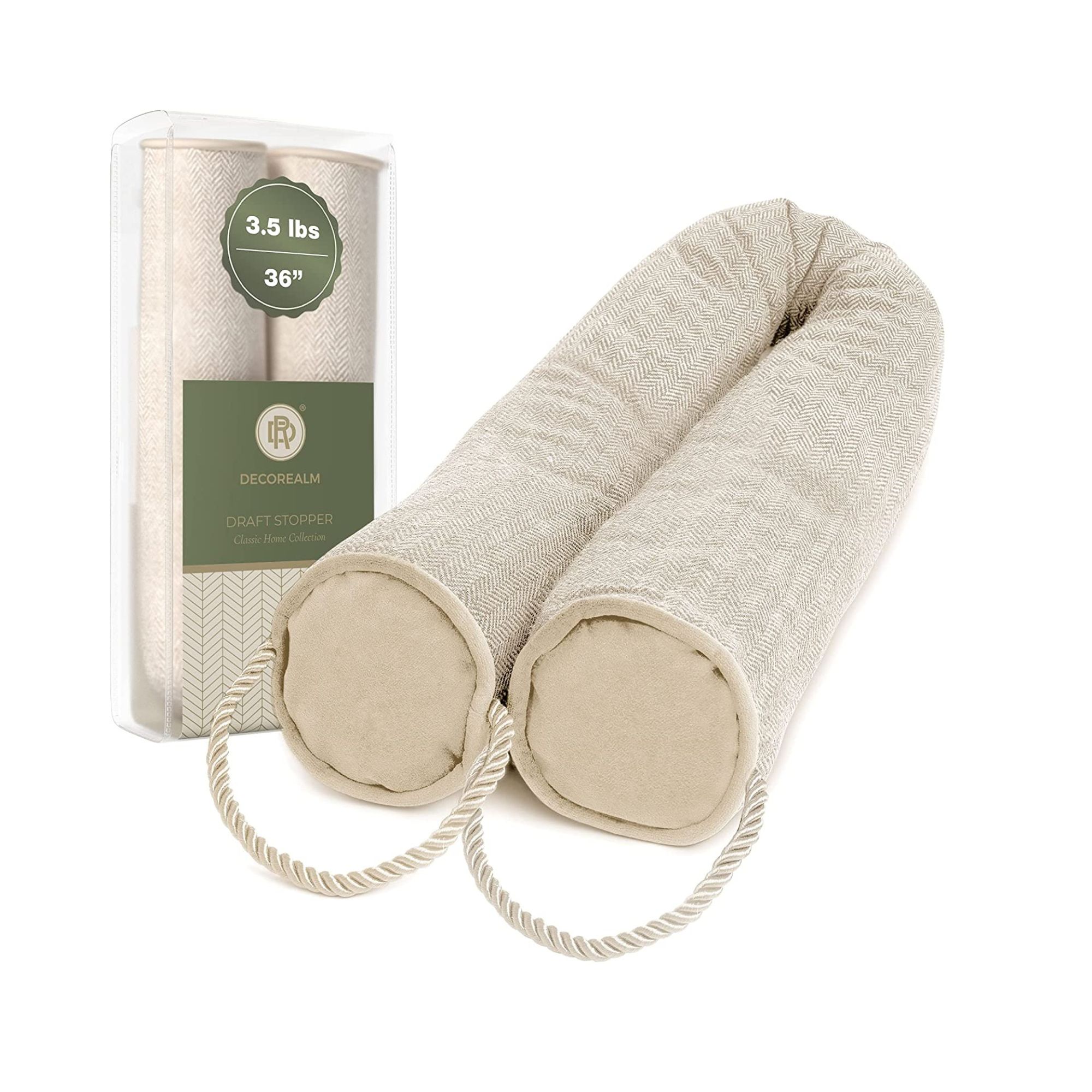
Price: $41.90
Filled with weighted ceramic beads, this breeze blocker ticks all our boxes. It looks lovely, it has two handles for easy storing and it's machine washable. It's wrapped in a wool blend cover with a classic Herringbone pattern and it comes in a range of colors. Better yet, you can choose from three different lengths.
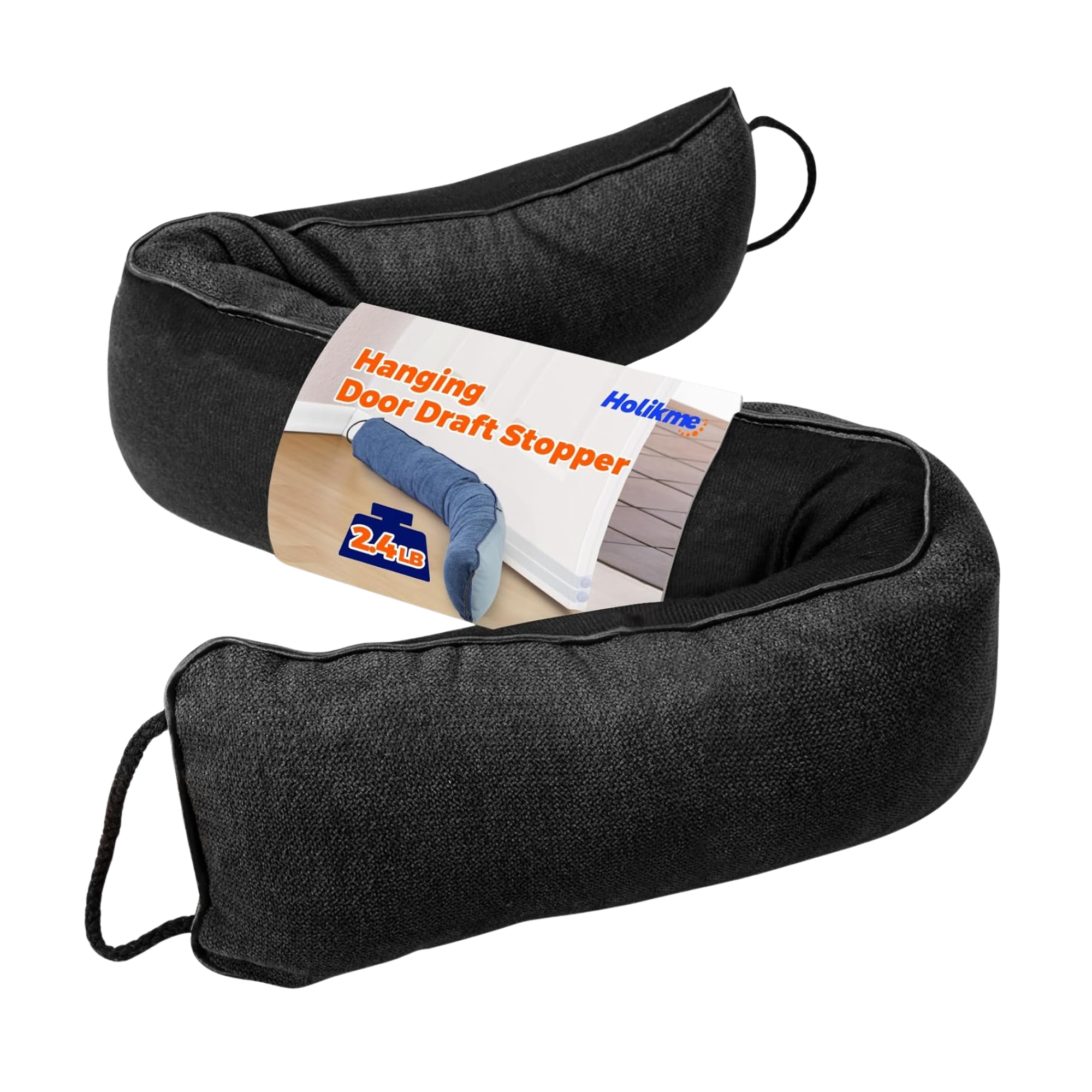
Price: $24.95
This highly-rated draft excluder comes with rows of velcro tape so you can attach it directly to your door. The large size ensures it covers the entire gap, plus you can hang it on the door handle with the side loops.
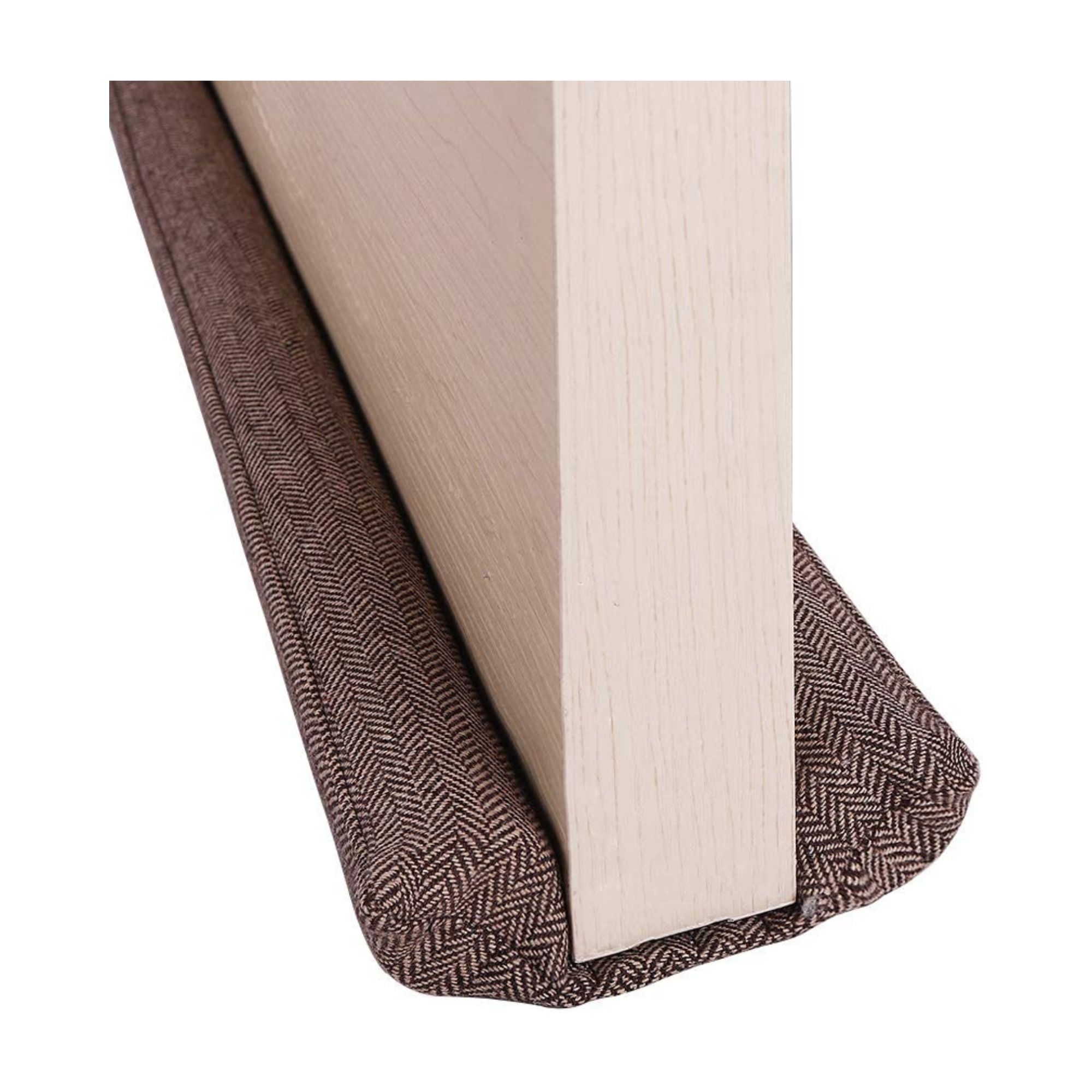
Price: $12.99
Use this double-sided door draft stopper if your home is seriously drafty. It slides underneath your door so that both sides are shielded from cold air, meaning you needn't buy two door draft stoppers for one gappy door. It comes in several sizes and patterns to match your decor. It's even machine washable.
2. Install a door sweep
If you want a similar but less annoying solution, consider installing a door sweep. Jordan Fulmer, an expert in home renovation and house flipping at Momentum Property Solutions explains , "Homeowners can seal the bottom of their door by installing a door sweep with flexible tabs that press against the floor and prevent the intrusion of air. There is a variety of options available for door sweeps, including sweeps that are installed with screws and those that slip onto the bottom edge of the door."
You can pick up a pack of two door sweeps with bristles from Amazon for less than $10 for a budget-friendly solution.
3. Check door threshold covers
David Mason, an interior designer and the owner of The Knobs Company also points out the importance of "having the floor even with the threshold or putting in a threshold cover."
Threshold covers, or cinch seam covers, are available from Amazon and can, at least temporarily resolve the issue of an uneven floor that's causing the draft gap under your door. Ultimately, though, evening out the floor may be a better long-term option.
4. Use foam tape
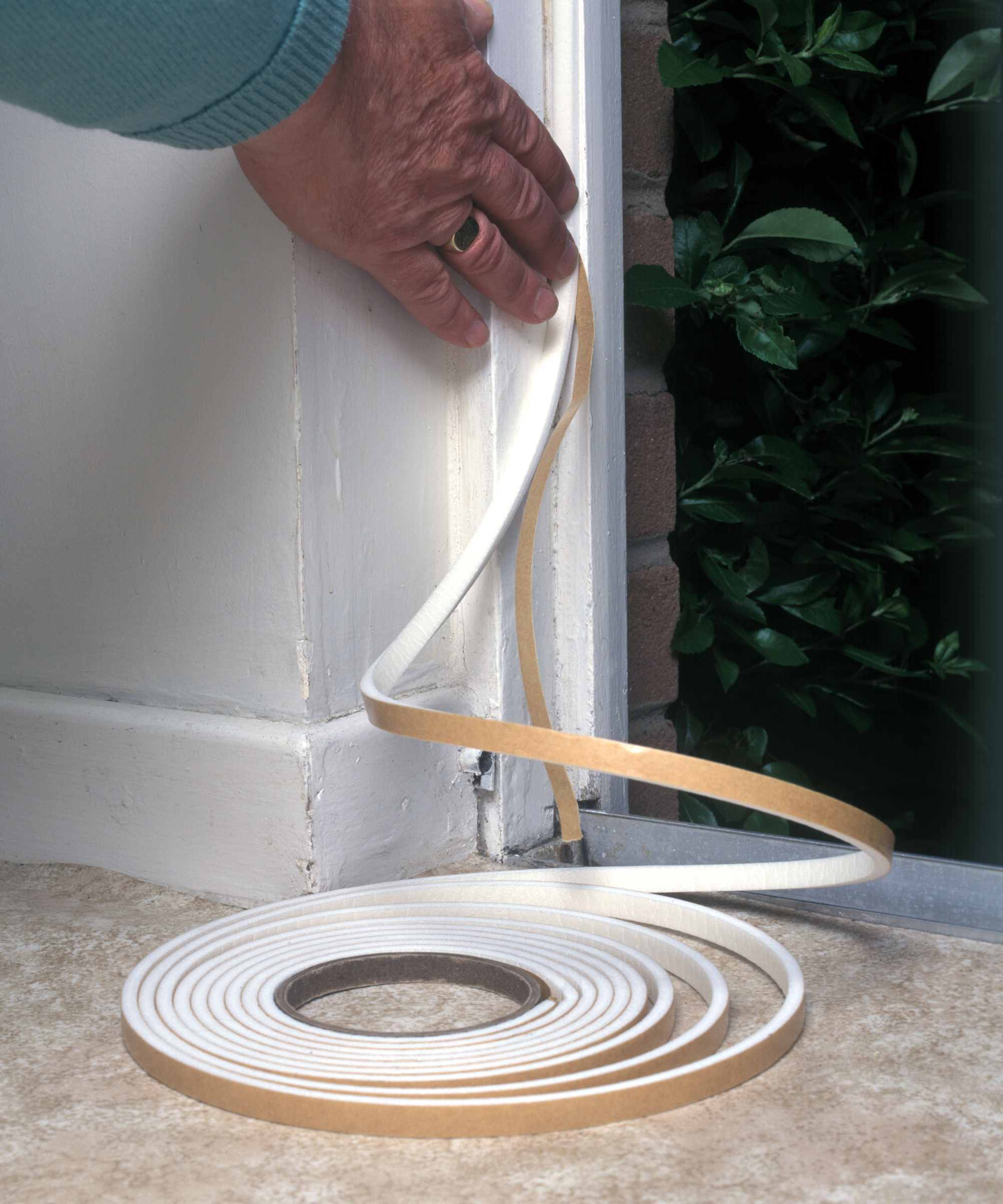
Two words: foam tape. Nifty adhesive tape such as this black rubber foam table from Amazon, is cheap, easy to apply and really works as a quick fix for air leaks around doors.
Volodymyr Barabakh, the Co-Founder and Project Director of residential building contractors Structural Beam, says, “Apply foam tape to either the edge of the door or the door frame. The reason this stuff is so good is that foam tape is thick enough, and the material in it is insulating enough to significantly reduce the amount of heat that is lost through ill-fitting doors."
You won't have trouble finding this easy-to-apply insulating material, either, with it usually available in pretty much any home store for as little as a couple of dollars per foot. What we really like about this solution is that it's self-adhesive, so you don't have to worry about messing around with glue.
5. Install a draft snake
Mason has another solution for drafty doors — installing a draft snake along the bottom of the door. This can be made of foam or flexible insulation you wrap around the bottom edge of the door.
As far as home insulation options stand, this is not the best-looking solution, but it will do the job if it's urgent. You can grab adhesive stripping from Amazon to do the trick.
FAQs
What about a situation where you have a freak weather episode in an otherwise warm climate area?
You may not want or need to mess about with semi-permanent fixtures to your door. Justin Havre, a home improvement expert at Justin Havre & Associates Real Estate, has a genius solution, “If it's just a cold front blowing through a warm climate area, a rolled-up towel placed tightly beneath the door should suffice." In fact, any sheet of dense fabric, rolled up, will qualify as a temporary draft excluder, and will cost you exactly nothing.
If you are feeling a bit crafty, you could make your own heavy-duty draft excluder. You will need a robust cloth (think thick cotton or even an old potato sack) and grain, such as dried peas or beans.
If you have a sewing machine, sew together a long sack, fill it with the grain, and sew it up. Voila, your hand-made drafty door solution. Note that some of these solutions may help with drafty windows also. It depends on the extent of the problem and on how much budget/time you have.
Anna is a professional writer with many years of experience. She has a passion for contemporary home decor and gardening. She covers a range of topics, from practical advice to interior and garden design.